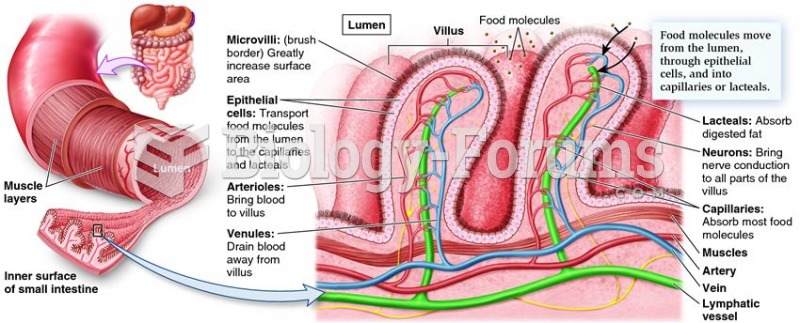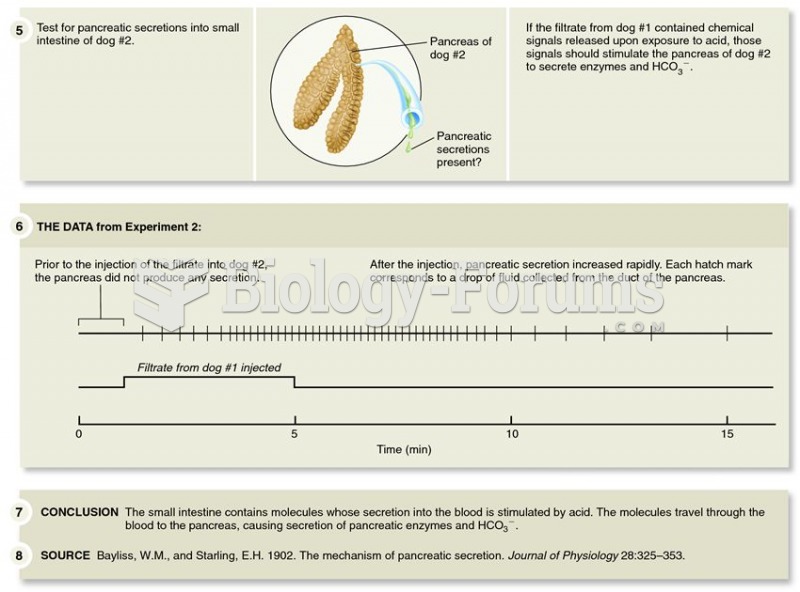Answer to Question 1
To identify changes in eating and activity that have staying power, first list the weak points in your diet and activity level. Dietary weak points might include the consumption of high-fat foods due to eating out often or relying on high-fat convenience foods that can be heated up in seconds. Another weak point might be skipping breakfast and overeating later in the day because of extreme hunger. Weak points in physical activity might include driving instead of walking, not engaging in sports, or spending too little time playing outside.
For each weak point, identify options that seem acceptable and enjoyable. A person who enjoys broiled chicken with barbecue sauce might not mind eating that at a restaurant instead of fried chicken. That's a change people can make if they plan ahead. A person who gets too full from a large serving of fries might be happier not eating as many and ordering a small serving. A breakfast-skipper might find grabbing a piece of fruit and a slice of cheese for breakfast acceptable and doable. People who enjoy walking may not mind leaving the car or bus behind and letting their feet carry them to class, the grocery store, or a friend's house.
Answer to Question 2
Gastric bypass surgery is the most effective method for weight loss and weight maintenance available. On average, individuals undergoing this surgery lose 60 of their excess body weight (the amount of weight they would need to lose to achieve normal weight), and they often maintain much of the loss over the long term. Gastric bypass surgery is approved for use by the FDA for adults with BMIs over 40 kg/m2 and for others with BMIs over 35 who have diabetes or other serious health problems related to obesity. Although a higher-risk procedure, gastric bypass surgery is associated with greater levels of weight loss than the less-risky lap-band procedure. Health status generally improves dramatically as a result of the weight loss. Resolution of type 2 diabetes, hypertension, sleep disorders, and elevated LDL cholesterol blood levels often follow gastric bypass surgery. The surgery comes at a high cost (17,000 to 35,000) and may be accompanied by complications. There is a relatively low (0.05 to 0.26) chance of death from the operation. People who undergo the surgery must be committed to long-term dietary and other lifestyle changes and follow-up care.
Adults with BMIs over 35, or with BMIs of 3035 and an obesity-related health problem, can qualify for lap-band surgery. Lap-band surgery is performed laparoscopically by inserting a tube through small incisions made in the abdomen. The surgery produces a small stomach pouch by constricting the upper part of the stomach with a band. The band can be adjusted, or inflated by the injection of saline water to control the amount of food allowed to enter the stomach. Individuals receiving this surgery tend to lose less weight (48 of excess body weight on average) than people having gastric bypass surgery.







